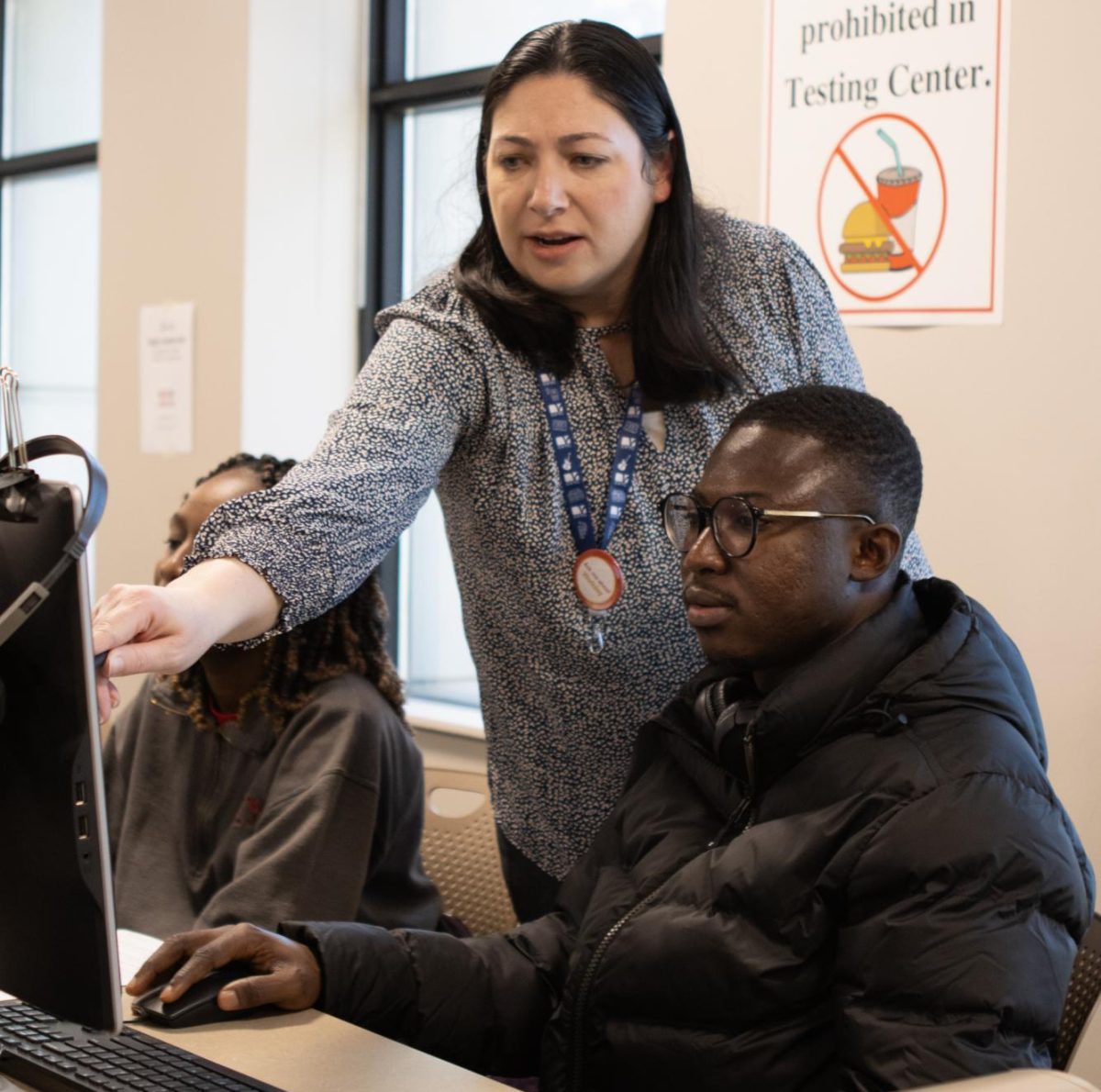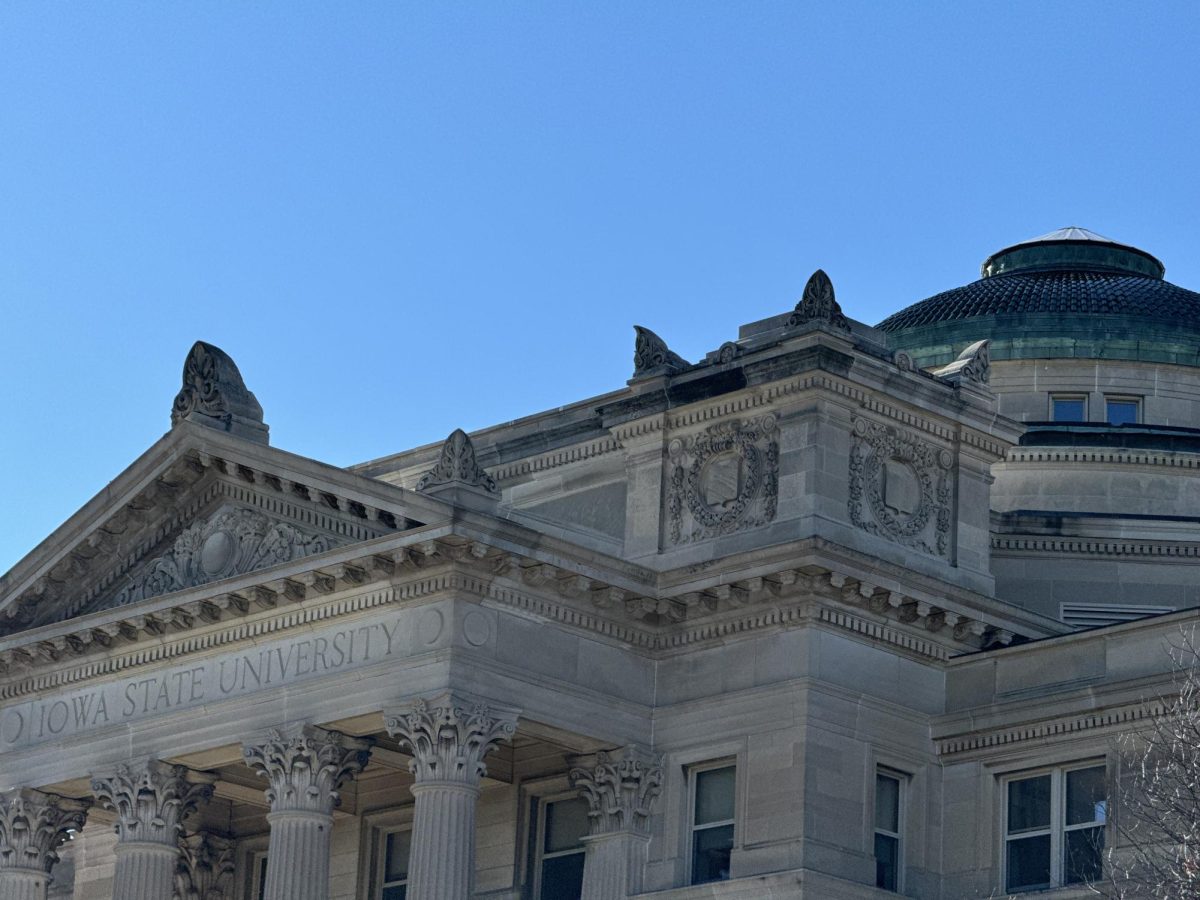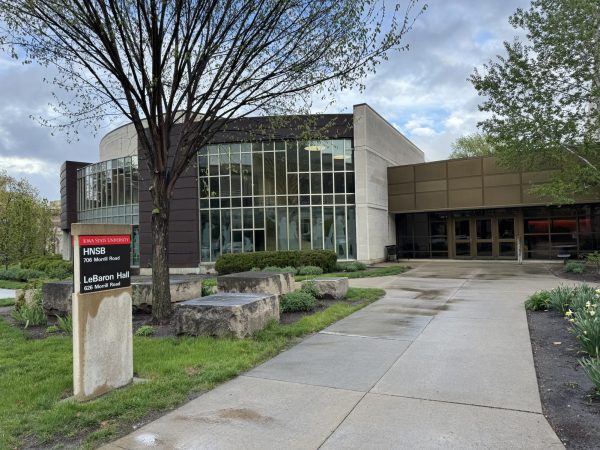The power of half-a-million PCs
August 30, 2007
Iowa State has be considered a leader in computers ever since John Vincent Atanasoff built the first one on campus.
Now Iowa State has the chance to make computer history again.
The National Science Foundation approved funding for a new supercomputer to be built at the University of Illinois at Urbana-Champaign, according to an NSF news release. The group that will build the machine is the Great Lakes Consortium, which includes members from Iowa State.
The new supercomputer will be the first of its kind. It will be a petascale computer, meaning it will be capable of 1 quadrillion – 1 followed by 15 zeros – computations per second.
“No one’s built anything like this,” said James Davis, vice provost and chief information officer for Information Technology Services.
This machine will be used to solve complex problems, much like solving a giant jigsaw puzzle, Davis said.
Iowa State has had an excellent tradition of expertise in high performance computing. Iowa State houses the Blue Gene supercomputer, which once cracked the top 100 most powerful computers in the world.
“We wanted to be part of this because we have a long-standing expertise in high-performance computing,” Davis said.
The Virtual Reality Applications Center helped Iowa State get a bid into the project, Davis said. Virtual reality could be one of the uses for the petascale computer.
Srinivas Aluru, professor of electrical and computer engineering, said the petascale computer will be a national resource for science and technology.
Aluru said he looks at making supercomputers work more effectively and efficiently – basically, he tries to make full use of the machine.
“Our focus is what we can bring to ISU in high-performance computing equipment,” Aluru said.
The machine’s programming and architecture have not been determined yet. No one has attempted programming a machine of this magnitude.
“The problems should be so large and complex that another machine wouldn’t be able to do it.” Aluru said.
In the next month, the NSF and the Great Lakes Consortium will be figuring out the architecture of the supercomputer, appointing leaders and finding funding.
“We’re just really excited,” Davis said. “This is a big, big project.”
















